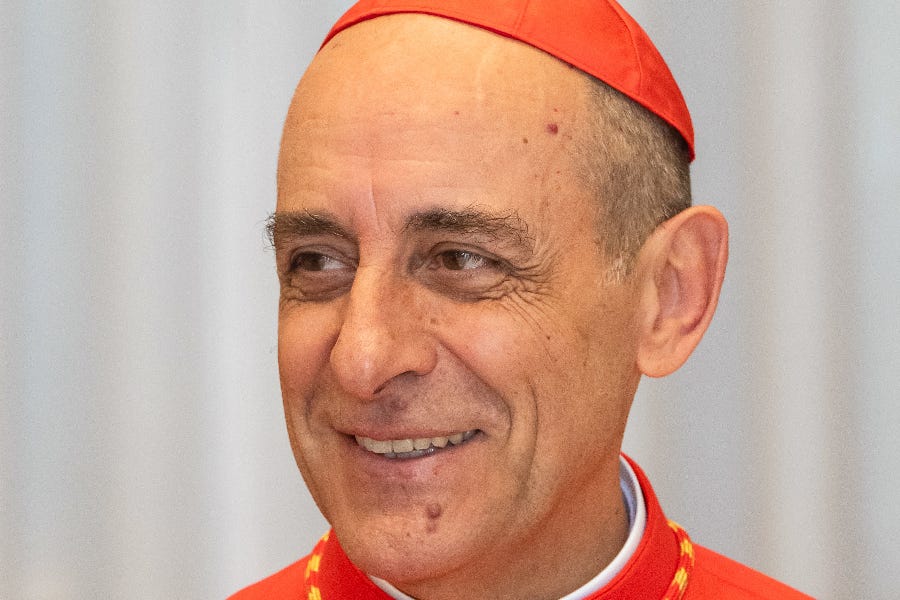What is the Vatican doctrine czar saying about cremation?
In a new note, Cardinal Fernández answers two questions about the handling of ashes.
The Vatican’s doctrinal office issued new guidance Tuesday on the handling of ashes after cremation.

In a note issued Dec. 12, Cardinal Víctor Manuel Fernández, the prefect of the Dicastery for the Doctrine of the Faith…
